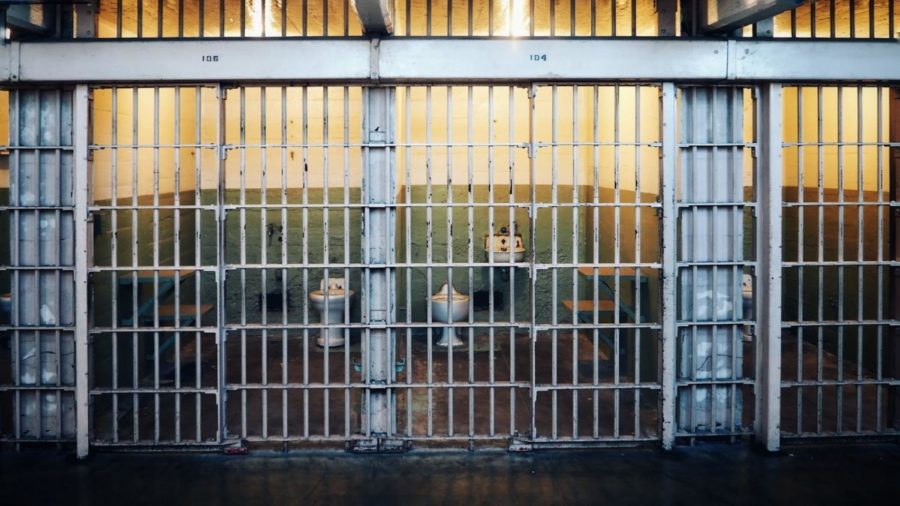High Incarceration Rates and COVID-19: A Perfect Storm
A recent national study links mass incarceration systems with COVID-19’s international spread.
The harsh conditions that inmates endure in the incarceration system has been a topic of debate for centuries; now, they are exacerbated by the Coronavirus pandemic.
According to researchers, if the United States had done more to reduce its incarceration rates, millions of COVID-19 cases could have been prevented.
1 out of 5 prisoners in the world is incarcerated in the U.S., and the U.S. incarcerates people at a rate 7 times the global average. The extremely high incarceration rates combined with overcrowded, tight quarters fuel a constant, gigantic risk for outbreaks.
Add to that low-quality and difficult-to-access healthcare, along with the movement of guards in and out (not to mention those newly released prisoners), and the jails and prisons in the United States have become infectious disease incubators where at least 563,000 cases of COVID-19 have been documented since the beginning of the pandemic.
One of the many root causes is the 55% weekly turnover rate in U.S. jail populations. Crowds of up to 650,000 arrive to prison facilities each day, 75% of whom are awaiting trial and 25% of whom are serving short sentences for minor offenses. These inmates are detained in cramped spaces, only to then be promptly released back into their communities. While detained, their chances of contracting COVID-19 dramatically increase. When they return home, they unknowingly carry the virus back with them.
New York State Assemblyman Jeffrey Dinowitz stated, “Specifically with respect to COVID-19, the bottom line is that prisons and jails need to be managed effectively so that disease isn’t spreading rampantly amongst those who are incarcerated and employees.”
A study done by Northwestern University and the World Bank evaluated the relationship between jail decarceration, government anti-contagion policies and the reduction of COVID-19.
An analysis of 1,605 counties constitutes 72% of the total U.S. population. Researchers Eric Reinhart and Daniel Chen estimated that an 80% reduction in U.S. jail populations, achieved simply by pursuing alternatives for non-violent alleged offenses, would be associated with a 2% daily reduction of COVID-19 case growth rates.
Reinhart states, “Even just a 2% reduction in daily case growth rates in the U.S. from the beginning of the pandemic until now would translate to the prevention of millions of cases.”
The pandemic did result in a large-scale release of inmates, with many jails decarcerating at rates between 20-50%.
An “alternative to incarceration” is any kind of punishment other than jail or prison time given to a convicted offender. A California law implemented in 2000 required nonviolent offenders to be given mental health or substance abuse treatment. This alternative to incarceration saved the state up to $18 million a year and reduced recidivism or the tendency of a convicted criminal to reoffend. Arrest rates for participants who completed the program declined by 85%, conviction rates by 77%, and incarceration rates by 83%.
A related study done by Reinhart and Chen focused on how the health of populations in jail and prisons is interconnected with health issues in communities of color. Black Americans and Latinx people endure the highest rates of policing and incarceration. When jails amplify disease in communities, it disproportionately affects these groups.
Today, a trend is crystal clear that people of color get sick and die of COVID-19 at rates higher than Caucasian Americans. This inequality can be attributed to several different factors that put racial and ethnic minority groups at increased risk of getting sick and dying from COVID-19 such as discrimination, healthcare access and use, occupation, housing, and educational, income, and wealth gaps. We all have a part in helping to prevent the spread of COVID-19 and promoting fair access to health.
“New York State doesn’t use the death penalty, and no matter what crime somebody committed or is accused of committing, nobody should be dying from preventable causes while they are incarcerated,” said New York State Assemblyman Jeffrey Dinowitz.
Jessica Zheng is a Features Section Editor for 'The Science Survey.' She is passionate about reporting on current events that affect the general population...











